A Survey Of Lucerne In Northern New South Wales For Viruses Of Importance To The Winter Legume Industry

Authors:
The potential of lucerne (Medicago sativa) as a summer reservoir of viruses of importance to the Australian winter pulse industry was explored by surveying 25 lucerne fields in northern NSW. Plant samples were tested for the presence of seven viruses and three virus groups using Tissue blot immunoassay (TBIA). Alfalfa mosaic virus (AMV) was found in all but one field and reached very high incidences in older stands. Variable incidences of Bean leafroll virus (BLRV) were identified in over half of the surveyed fields. No other viruses were found, but positives for a non-specific luteovirus antibody could indicate the presence of luteoviruses other than BLRV. AMV and BLRV showed different infection patterns with the absence of infection gradients consistent for the seed-transmitted AMV, while the high degree of clustering of the persistently transmitted BLRV infected plants indicated vector colonisation. The aphid resistance in modern Australian varieties appears not high enough to avoid infection by non-persistently as well as persistently transmitted viruses. Lucerne can act as a summer refuge for viruses and virus vectors, however the level of infection and virus species found in this study indicate that other summer hosts play a more direct role in the epidemiology of pulse viruses.
